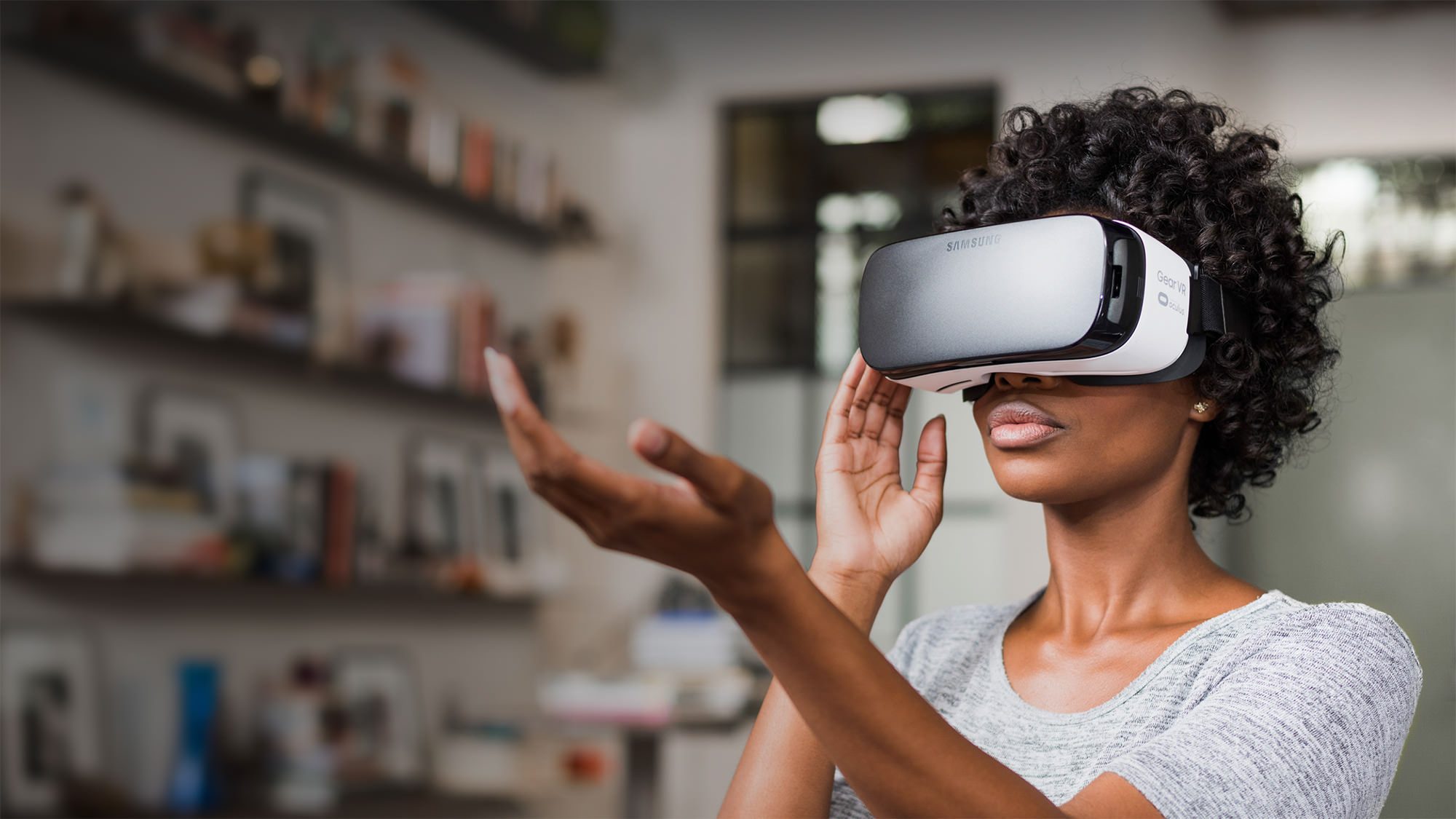A very good type of reality emulation is the one that can generate very realistic images, sounds, sensations and simulate a virtual environment in which a person with the respective equipment can take a look around them and see an artificial world, interact with all the items and perceive it as real, this I known as virtual reality and as a growing technology it is also changing everyday life.
This system works with a computer that uses headsets, goggles with a front screen that can simulate a physical presence in a virtual space, this is transmitted with sensations like vibrations, sounds and very realistic images. This three dimensional environment allow people to explored and interact with objects and items and perform a great variety of actions.
In life someone experiment not only the sensations of five senses like touching, smelling, hearing and tasting but also feels balances and many sensory information that brain processes while the body is going through any type of surroundings. With virtual reality a person perceives a version of reality that isn’t there at all but from the sensitive perspectives is detected as real, so, the brain senses all the images and sounds that are simulated by the computer not as a generated environment but as a real one.
Technical terms and applications
This technology works due to a system that can stimulate senses in order to create a false reality by headsets, special gloves, treadmills, gyroscopes, motion sensors, HD screens, fast processors and body position sensors. The implantation of virtual reality combines various hardware and software to manage the synchronicity between the computer and the person to make a sense of presence, in which the person feels to be part of any ambience.
Eye-tracking and head-tracking are two important keywords into the virtual reality world which work as readers of the positions of user’s eyes and head so the person can have a field of view to get a feeling of immersion into their virtual reality experience. Other important keyword is HMD, which is actually a very common term into the VR ground, this is the main hardware to experience simulated reality; it comes as goggles or helmets with screen that reproduce images and simulate the experience.
Gaming is not the only use of virtual reality; many other applications are available, for example, in the military industry, healthcare sector, entertainment and education, business, marketing, sports and media fields.
Part of everyday life
Educational systems use virtual reality to explain stories and show scenarios to students not only by reading but by given them the chance to experience it. Healthcare sector uses this technology to help doctors and students to visualize operational procedures and be part of medical training experiences.
In business people use simulated reality to train engineers for physical tests, in tourism now instead of viewing pictures of different parades a person can experience being in the destination and explore hotels and surroundings without moving from their seat.
Virtual reality is also used for militaries to train soldiers in combat situations in which they are going to learn how to react without the risk of dead or injuries; they can be part of vehicle, flight, pilot and battlefield simulations and medic training experiences.
